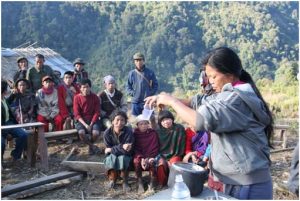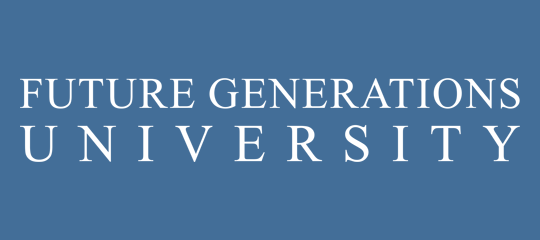
Rural communities worldwide tend to be outside the zones of economic growth. They seem to experience a lower developmental momentum in a world of electronic and technological accelerations. In many cases, their traditional agricultural bases are also stretched.
Students interested in rural communities can learn how to stimulate growth in these places. The greatest asset of rural people is their long-proven work ethic and self-reliance. These are the ideal assets to mobilize with the SEED-SCALE method that students learn at Future Generations.
What We Are Doing:
- Class of 2007 alumnus Dang Ngoc Quang of Vietnam partnered with the Rural Development Services Centre to study the impact of its microcredit program for his practicum. He focused on how the microcredit initiative helped empower women and employed his findings to create a network of civil society organizations that advanced food security among rural Vietnamese communities. After graduating, he established three model farms and knowledge centers to disseminate technical knowledge to communities for their empowerment. Another project of his helps Vietnamese undergraduate students gain community development experience through a three month internship program.
 Class of 2011 alumnus Shirzai Ajmal of Afghanistan serves as the current Country Program Director for Future Generations Afghanistan. In this role, he manages several of Future Generations Afghanistan’s programs, including efforts to uplift rural communities in sustainable ways. The rural areas of the Kunar Province in eastern Afghanistan are home to food-stressed and vulnerable communities that Future Generations Afghanistan has been working to empower. Through a long-term partnership with United Nation’s World Food Programme, the organization has been working on a project called Food for Assets Creation, to assist these communities with rebuilding and improving upon their existing assets (such as roads, irrigation channels, etc.). Rather than merely deliver food supplies to address short-term shortages, this infrastructural improvement approach aims to provide these communities with a higher capacity for self-sufficient economy over the long-term.
Class of 2011 alumnus Shirzai Ajmal of Afghanistan serves as the current Country Program Director for Future Generations Afghanistan. In this role, he manages several of Future Generations Afghanistan’s programs, including efforts to uplift rural communities in sustainable ways. The rural areas of the Kunar Province in eastern Afghanistan are home to food-stressed and vulnerable communities that Future Generations Afghanistan has been working to empower. Through a long-term partnership with United Nation’s World Food Programme, the organization has been working on a project called Food for Assets Creation, to assist these communities with rebuilding and improving upon their existing assets (such as roads, irrigation channels, etc.). Rather than merely deliver food supplies to address short-term shortages, this infrastructural improvement approach aims to provide these communities with a higher capacity for self-sufficient economy over the long-term.


 Class of 2011 alumnus Shirzai Ajmal of Afghanistan serves as the current Country Program Director for Future Generations Afghanistan. In this role, he manages several of Future Generations Afghanistan’s programs, including efforts to uplift rural communities in sustainable ways. The rural areas of the Kunar Province in eastern Afghanistan are home to food-stressed and vulnerable communities that Future Generations Afghanistan has been working to empower. Through a long-term partnership with United Nation’s World Food Programme, the organization has been working on a project called Food for Assets Creation, to assist these communities with rebuilding and improving upon their existing assets (such as roads, irrigation channels, etc.). Rather than merely deliver food supplies to address short-term shortages, this infrastructural improvement approach aims to provide these communities with a higher capacity for self-sufficient economy over the long-term.
Class of 2011 alumnus Shirzai Ajmal of Afghanistan serves as the current Country Program Director for Future Generations Afghanistan. In this role, he manages several of Future Generations Afghanistan’s programs, including efforts to uplift rural communities in sustainable ways. The rural areas of the Kunar Province in eastern Afghanistan are home to food-stressed and vulnerable communities that Future Generations Afghanistan has been working to empower. Through a long-term partnership with United Nation’s World Food Programme, the organization has been working on a project called Food for Assets Creation, to assist these communities with rebuilding and improving upon their existing assets (such as roads, irrigation channels, etc.). Rather than merely deliver food supplies to address short-term shortages, this infrastructural improvement approach aims to provide these communities with a higher capacity for self-sufficient economy over the long-term.